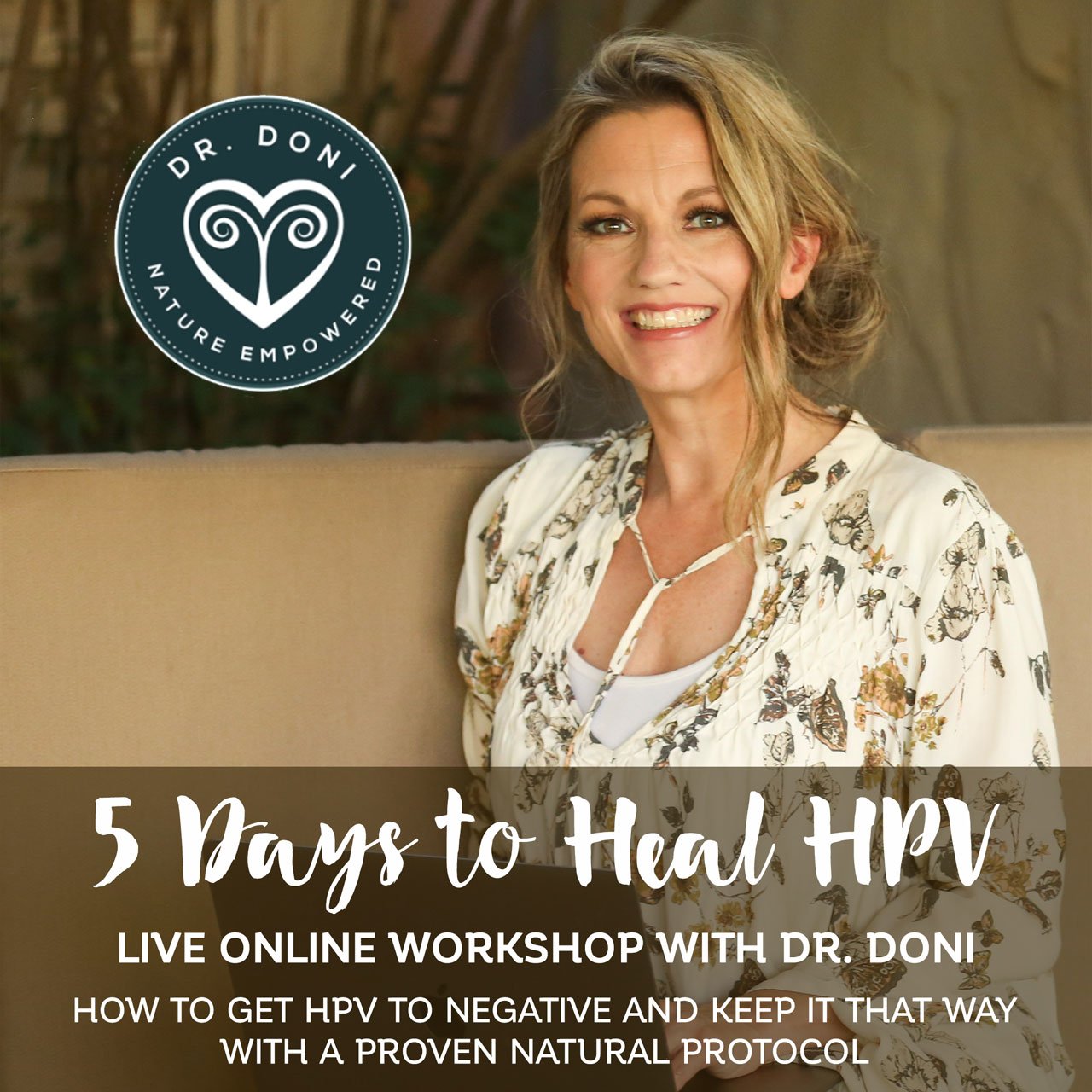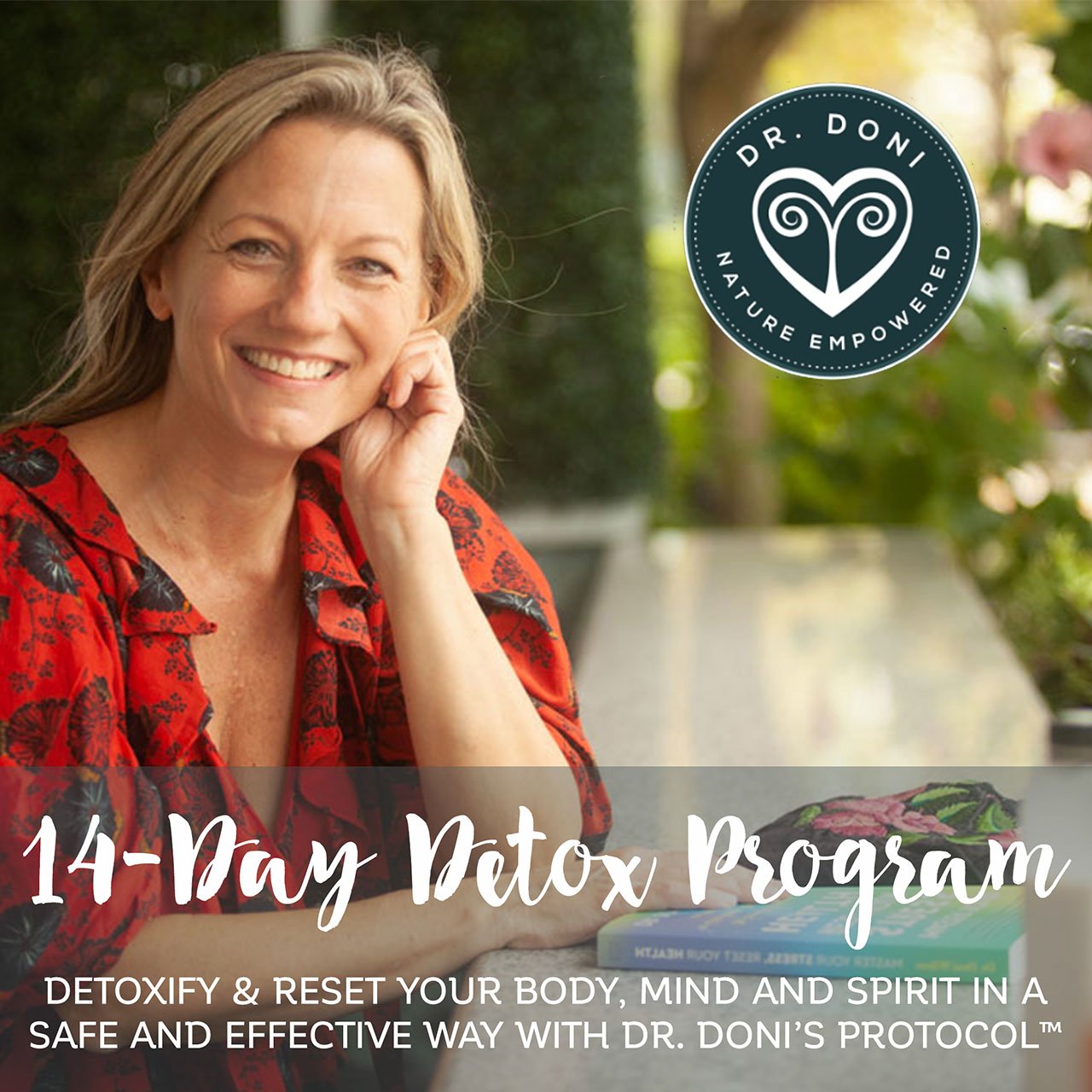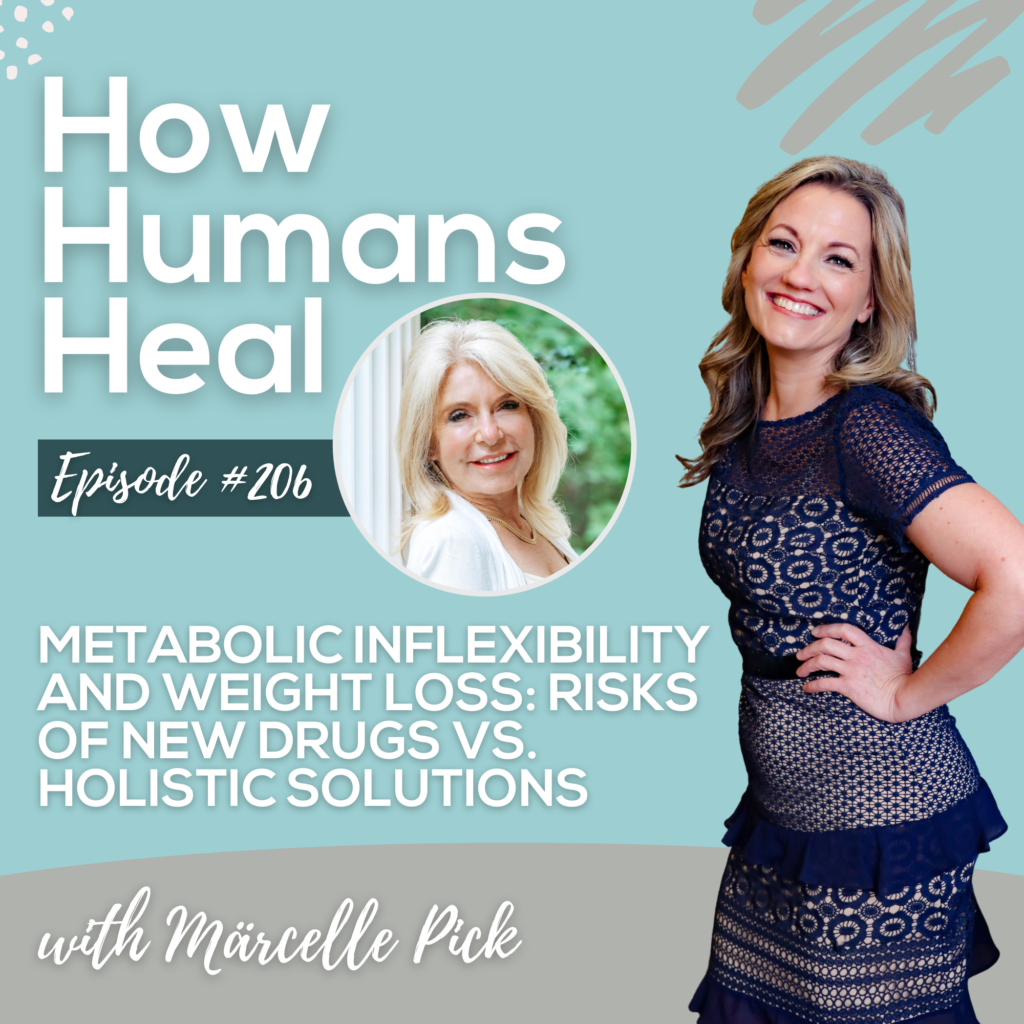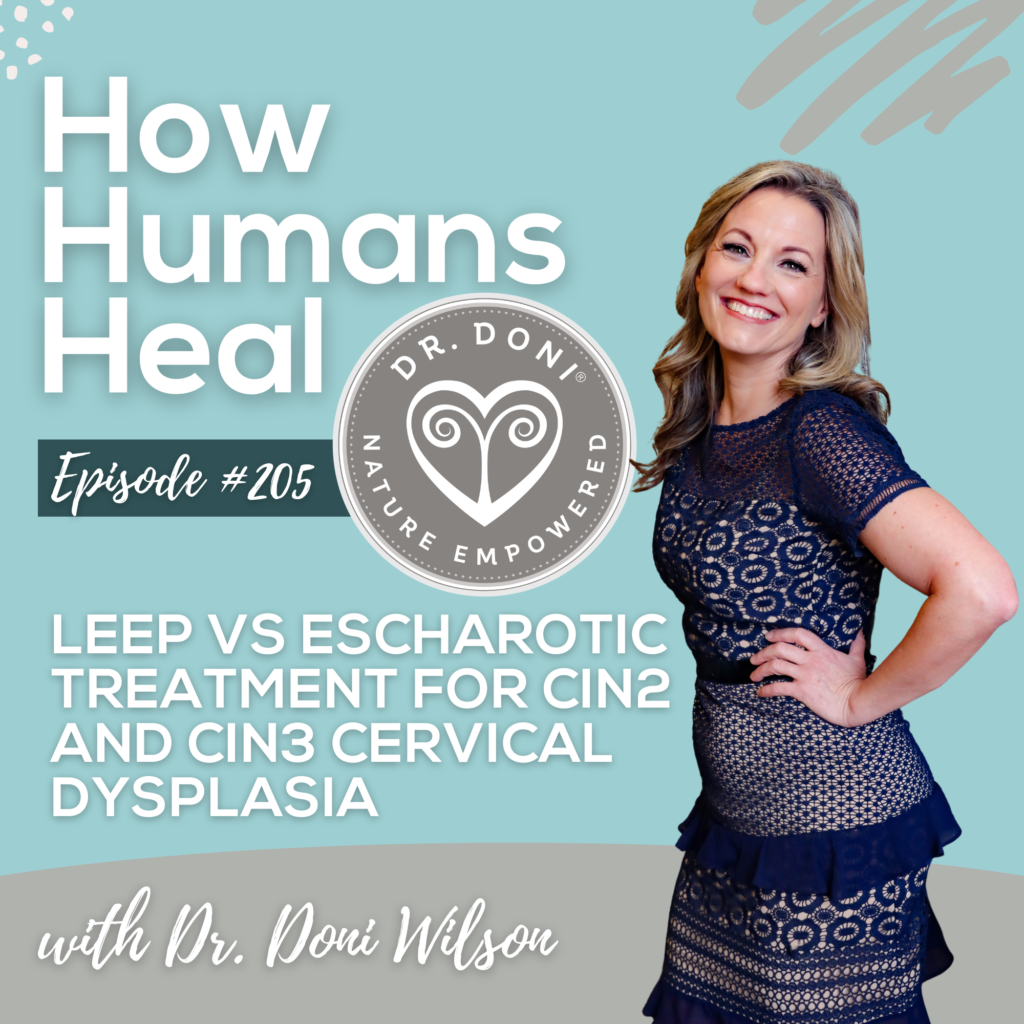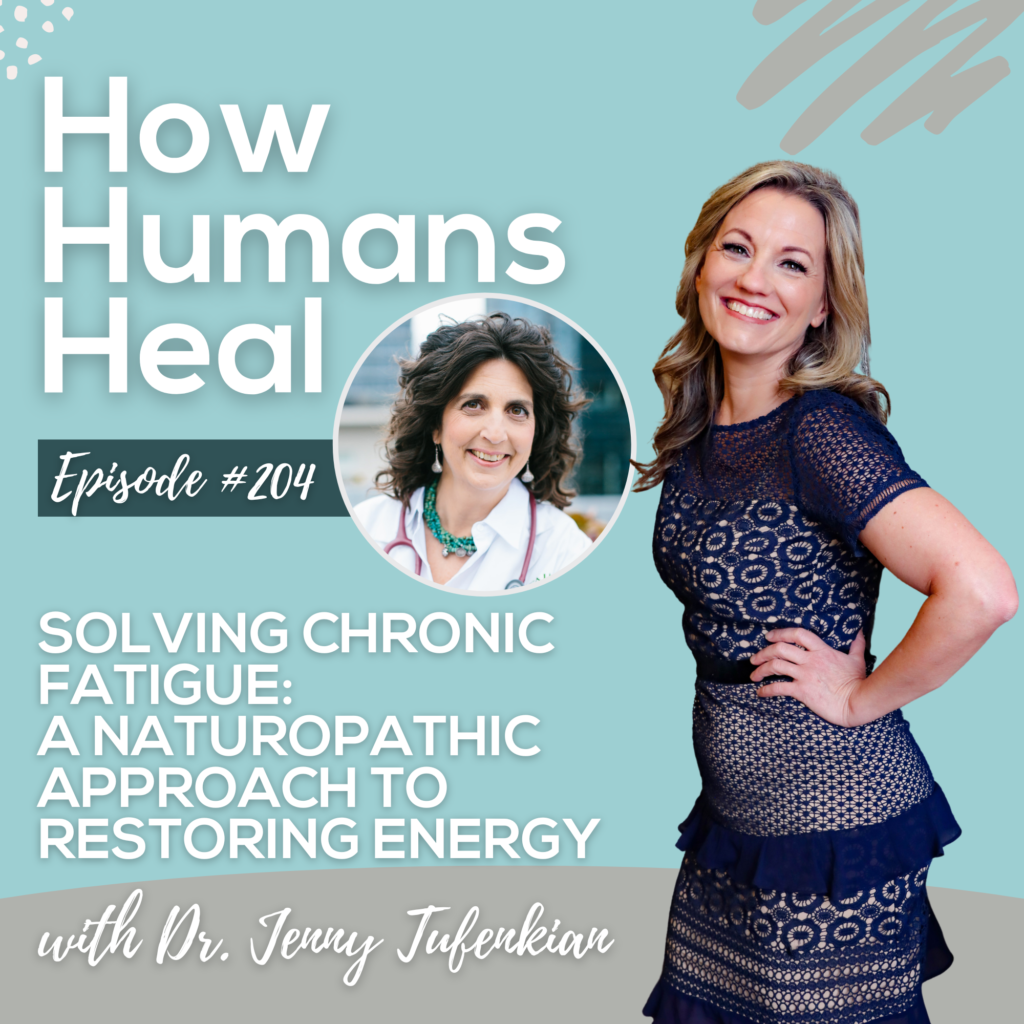
Fructose Malabsorption – What It Is and How to Heal It
- Home
- Leaky Gut & Food Sensitivity
- Fructose Malabsorption – What It Is and How to Heal It

Dr. Doni explains what fructose does to the body, why you may have difficulty digesting it, how the low-FODMAP diet may help, and how to recover from fructose malabsorption.
 Some of the most common issues I help people to resolve are digestive disturbances, such as irritable bowel syndrome (IBS). Many patients are confused as to why they are experiencing such problems, as they are conscious of nutrition and regularly eat healthy foods, including lots of fruits and vegetables. Yet, they still don’t feel well, or they feel worse after eating certain meals.
Some of the most common issues I help people to resolve are digestive disturbances, such as irritable bowel syndrome (IBS). Many patients are confused as to why they are experiencing such problems, as they are conscious of nutrition and regularly eat healthy foods, including lots of fruits and vegetables. Yet, they still don’t feel well, or they feel worse after eating certain meals.
What few of them know is that some “healthy” foods are not so good for people with IBS. This is because of something called “fructose malabsorption.”
Previously called “dietary fructose intolerance,” fructose malabsorption is a common cause of IBS. Having fructose malabsorption can be frustrating, especially if you don’t understand what it is and why it makes you feel so unwell.
Because understanding this topic is so important for anyone with digestive problems, today I’m going to explain what fructose is, how it works in the body, and how to tell if you have fructose malabsorption. We’ll also look at the “low-FODMAP diet” (which is often advised when you have difficulty digesting dietary fructose), and how to recover from fructose malabsorption through dietary changes and natural supplements.*
What Is Fructose?
Biochemically, anything that ends in the suffix “-ose” is a sugar. The most commonly known sugars are glucose, sucrose, lactose, and fructose.
Fructose is often called “fruit sugar” (“fructus” is Latin for “fruit”), because it is typically found in fruits of all kinds, especially apples, pears, mangos, and melons. But fructose is also present in many vegetables, such as artichokes, cauliflower, and especially in root vegetables, such as onions, beets, and sweet potatoes. Honey is about 40% fructose.
Because fructose is so sweet, commercial manufacturers often use it to sweeten foods and drinks. One common fructose-based sweetener is high-fructose corn syrup (a mixture of glucose and fructose), widely used in soft-drinks, juices, and other foods.
How Fructose Behaves in the Gut
Fructose is digested by the cells lining our intestines, and then passes into the bloodstream. While fruits and vegetables are certainly good for us, there is a limit to how much fructose our bodies can digest within a short period of time. The maximum amount of fructose a healthy digestive tract can handle in one sitting is 25 to 30 mg – the amount you would find in two apples.
When you have digestive problems such as IBS or intestinal permeability (leaky gut), your body cannot handle that amount of fructose in one meal, because your gut has fewer healthy cells to digest it. If you have celiac disease or gluten sensitivity – both of which are associated with leaky gut – your body will struggle even more to digest fructose.
Even if your digestive tract is reasonably healthy, when you eat too much fructose in a single meal, the undigested fructose gets stuck in your intestines.
When that happens, the fructose overfeeds gut bacteria in the small intestine. This can lead to small intestinal bacteria overgrowth (SIBO), a common cause of IBS, leading to uncomfortable symptoms such as burping, pressure in the stomach, and bloating. Fructose may also continue onto the large intestines, where it can cause gas, pain, and diarrhea.
Food advertisers often tell us that increasing our healthy bacteria can reduce these kinds of fructose malabsorption symptoms; thus they frequently encouraged to take probiotic supplements and eat probiotic foods like yogurt, kimchi, kombucha, etc. BUT if you have fructose malabsorption, SIBO, and/or leaky gut, ingesting these things could actually make you feel worse, because the undigested fructose is already overfeeding your gut bacteria.
How to Tell If You Have Fructose Malabsorption
You might suspect you have fructose malabsorption if you feel worse after eating foods high in fructose, but the only way to find out for sure is to get tested.
Unfortunately, most gastroenterologists are unlikely to identify your condition because they don’t often test for fructose malabsorption or your gut microbiome. Standard stool tests, endoscopies, or colonoscopies can show us many things, but they cannot show whether you have fructose malabsorption, leaky gut, or bacterial imbalance (dysbiosis).
The most reliable fructose malabsorption test is a breath test. The test involves ingesting fructose and then breathing into a tube every hour for three hours.
If hydrogen and/or methane levels are elevated in the breath, it indicates that the fructose was not digested and absorbed, and instead was fermented by bacteria that produced the gases. You can order this test through your naturopathic doctor.
Specialized stool tests, available through a naturopathic doctor, can also show how well you are digesting food in general, whether there is inflammation in your digestion, and which bacteria are thriving or depleted in your large intestines.
The newest technology in stool testing can identify bacteria based on the genes of the bacteria, which means we can get details about the trillions of bacteria in your microbiome and, with that information, choose probiotics and prebiotics that balance your microbiome.
The Low-FODMAP Diet
Researchers, including Dr. Sue Shepherd, created a diet that helps with fructose malabsorption.2,3,4 They named it the low-FODMAP diet, as an acronym for the types of sugars and sugar-like molecules to avoid: Fermentable, Oligo Di- and Monosaccharides, and Polyols. Specifically, these FODMAPs are:
- Fructose – (as described earlier)
- Fructans – similar to fructose, in vegetables and wheat, as well as inulin and FOS (fructooligosaccharides, which is a prebiotic)
- Lactose – “milk sugar” found in dairy products (made from cow milk)
- Galactans – found in lentils and beans
- Sugar alcohols – such as sorbitol and xylitol
- Sugar – white and brown sugar
The low-FODMAP diet is implemented in two phases:
- Initially, you eliminate all high FODMAP foods completely for four to six weeks.
- After this, FODMAP foods are then gradually added back into your diet one at a time. In this way, it becomes easier to determine which foods may be causing you the most difficulty.
As there are many websites, books, and even apps to help you follow a low-FODMAP diet, I won’t go into detail about it here. Rather, you may wish to check out the low-FODMAP diet app developed by the Monash University.
I do want to say, however, that while the low-FODMAP diet can often help decrease your symptoms, it is not, in itself, a cure for digestive issues like IBS, celiac disease, or leaky gut. It is still essential to work with your naturopathic doctor to implement other strategies to help your digestive tract improve its ability to digest fructose.
A Naturopathic Approach to Fructose Malabsorption
After many years of professional practice, as well as experiences with my own personal health, I have repeatedly seen a back-and-forth link between leaky gut and fructose malabsorption.
Intestinal permeability leads to fructose malabsorption, which leads to bacterial imbalances. Conversely, bacterial imbalances make us susceptible to intestinal permeability and, therefore, highly susceptible to fructose malabsorption.
Speaking for myself, I used to have quite a severe case of fructose malabsorption. Now, after years of eating gluten-free and working on healing my own leaky gut issues, I’m able to eat more fruit without trouble (I still stick to less than half a cup of fruit in one sitting).
The key to improving our ability to digest fructose lies in healing our intestinal lining, i.e. addressing our leaky gut problems. One of the causes of leaky gut is overgrowth of yeast and bacteria – especially gram-negative bacteria, such as Klebsiella.
If that is the case for you, to heal leaky gut and improve fructose absorption, you need to address the overgrowing bacteria. Leaky gut may also be caused by stress, gluten, pesticides, antibiotics and other medications, and more.
You could have one or more of causes to address. And the more severe your issue, the more gradually you will need to introduce changes:
- If your leaky gut is severe, you might need to start by making dietary changes (such as the low-FODMAP diet, eliminating gluten, etc.) before anything else.
- I typically have my patients do an IgA and IgG food sensitivity test, so we can hone in on the severity of leaky gut, and identity which foods you should avoid due to immune reactivity.
- While changing your diet, and as your gut begins to heal, you can start to introduce supplements – one ingredient at a time. With severe leaky gut, I usually start with glutamine alone, the most important nutrient for intestinal cells.
- Then you may be able to add leaky gut-healing herbs, such as DGL licorice, aloe vera, and/or slippery elm. These are usually taken as powders, but come in pill form too.
- Taking pancreatic enzymes can help because they help digest your food (including carbohydrates), which can prevent fructose reactions and bacterial overgrowth. I recommend Enzyme Support with meals.
- Finally, as you feel a bit better, you can add in curcumin, quercetin, and foods that encourage the growth of good bacteria (prebiotics). If you prefer to use a prebiotic supplement, be sure it is low in FODMAPs. A good choice would be arabinogalactans. To understand more about prebiotics, see my earlier article on Fiber.
I have also created a special product called Dr. Doni’s Leaky Gut Support, which contains glutamine, DGL, aloe, and arabinogalactans. I find it is perfect for patients who have mild to moderate and, in some cases, even severe leaky gut. Most people add it to their protein shake, but it can also be mixed in water.
Breaking the Cycle
Unfortunately, many of my patients are accustomed to eating large amounts of sugar and/or fruit. Perhaps they believe fruit juices are good for them, or they use sugar to boost their mood or energy level. Some patients will eat more sugar when they feel overwhelmed, or feel extremely hungry due to skipped meals.
Overconsuming (and maldigesting) sugar can cause them to put on excess weight, which can make them feel guilty and frustrated. Then, they consume still more sugar to deal their frustration, only to feel guiltier when they gain yet more weight.
Thus, sugar consumption – including fructose – can become a vicious cycle: the more you eat sugar, the more you might crave it, despite the negative effects it has on your health. But breaking free of the cycle can become easier once you understand how fructose malabsorption is at the heart of the problem.
The excess sugar in your gut is feeding bacteria. Medical research has shown that bacteria can send signals to your nervous system, causing you to crave more sugar.1 So, essentially, the bacteria in your gut are busy creating an optimal environment for themselves. Unfortunately, that environment is not the healthiest for you.
When you understand the science behind fructose malabsorption, it can help you stop blaming yourself for your sugar cravings, and empower you to make changes that can turn the whole situation around.
Closing Thoughts
If you suspect you have a problem with fructose malabsorption, I encourage you to speak with your naturopathic physician about it. You are also most welcome to contact my office to set up an appointment. I work with clients around the world, in my office, via phone and via Skype. You can book online at https://doctordoni.com/make-appointment/.
If you prefer a “do-it-yourself” approach, you might also wish to check out my Stress Remedy Program, which includes a protein shake powder, digestive enzymes, Leaky Gut Support and probiotics. It also has a 21-day meal plan (free of dairy and gluten), integrating concepts from the low-FODMAP diet.
NOTE: If you have SIBO or severe fructose malabsorption, you’ll need to wait on the protein shake and probiotics for about four weeks until you are ready to support your good bacteria.
In closing, the most important thing I would like you to remember as you from fructose malabsorption is to:
BE PATIENT AND DON’T GIVE UP.
Healing intestinal issues takes time – from months to years. But with patience and diligence, I assure you it can happen. Using naturopathic approaches, I have successfully healed myself from fructose malabsorption, and helped hundreds of patients do the same.
Trust yourself. You can do it, too.
–Dr. Doni
10th July 2017
*Please keep in mind that any and all supplements—nutrients, herbs, enzymes, or other—should be used with caution. My recommendation is that you seek the care of a naturopathic doctor (with a doctorate degree from a federally-accredited program) and that you have a primary care physician or practitioner whom you can contact to help you with individual dosing and protocols. If you ever experience negative symptoms after taking a product, stop taking it immediately and contact your doctor right away.
References
- How gut bacteria causes cravings: Alcock, J., Maley, C. C. and Aktipis, C. A. (2014), Is eating behavior manipulated by the gastrointestinal microbiota? Evolutionary pressures and potential mechanisms. BioEssays, 36: 940–949. doi:10.1002/bies.201400071
- How a FODMAP diet helps IBS: Eswaran S, Chey WD, Jackson K, Pillai S, Chey SW, Han-Markey T. A Diet Low in Fermentable Oligo-, Di-, and Mono-saccharides and Polyols Improves Quality of Life and Reduces Activity Impairment in Patients with Irritable Bowel Syndrome and Diarrhea. Clin Gastroenterol Hepatol. 2017 Jun 28. pii: S1542-3565(17)30791-7. doi: 10.1016/j.cgh.2017.06.044.
- Case study of treating SIBO using a FODMAP diet: Kwiatkowski L, Rice E, Langland J. Integrative Treatment of Chronic Abdominal Bloating and Pain Associated With Overgrowth of Small Intestinal Bacteria: A Case Report. Altern Ther Health Med. 2017 Jul;23(4):56-61.
- How a FODMAP diet can help with colic during breastfeeding: Iacovou M, Mulcahy EC, Truby H, Barrett JS, Gibson PR, Muir JG. Reducing the maternal dietary intake of indigestible and slowly absorbed short-chain carbohydrates is associated with improved infantile colic: a proof-of-concept study. J Hum Nutr Diet. 2017 Jun 20. doi: 10.1111/jhn.12488.
Share this Post:
Dr. Doni Wilson's Team
14 Day Detox Program
Take the Stress Type Quiz
Dr. Doni Social Media
Popular Posts

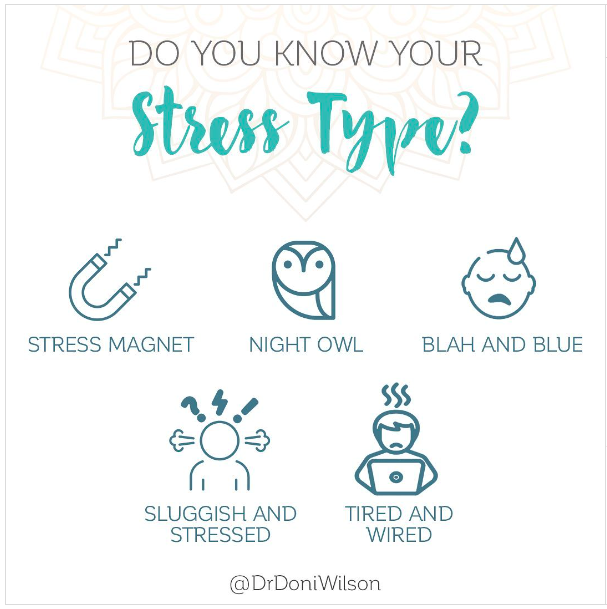
The 5 Burnout Types
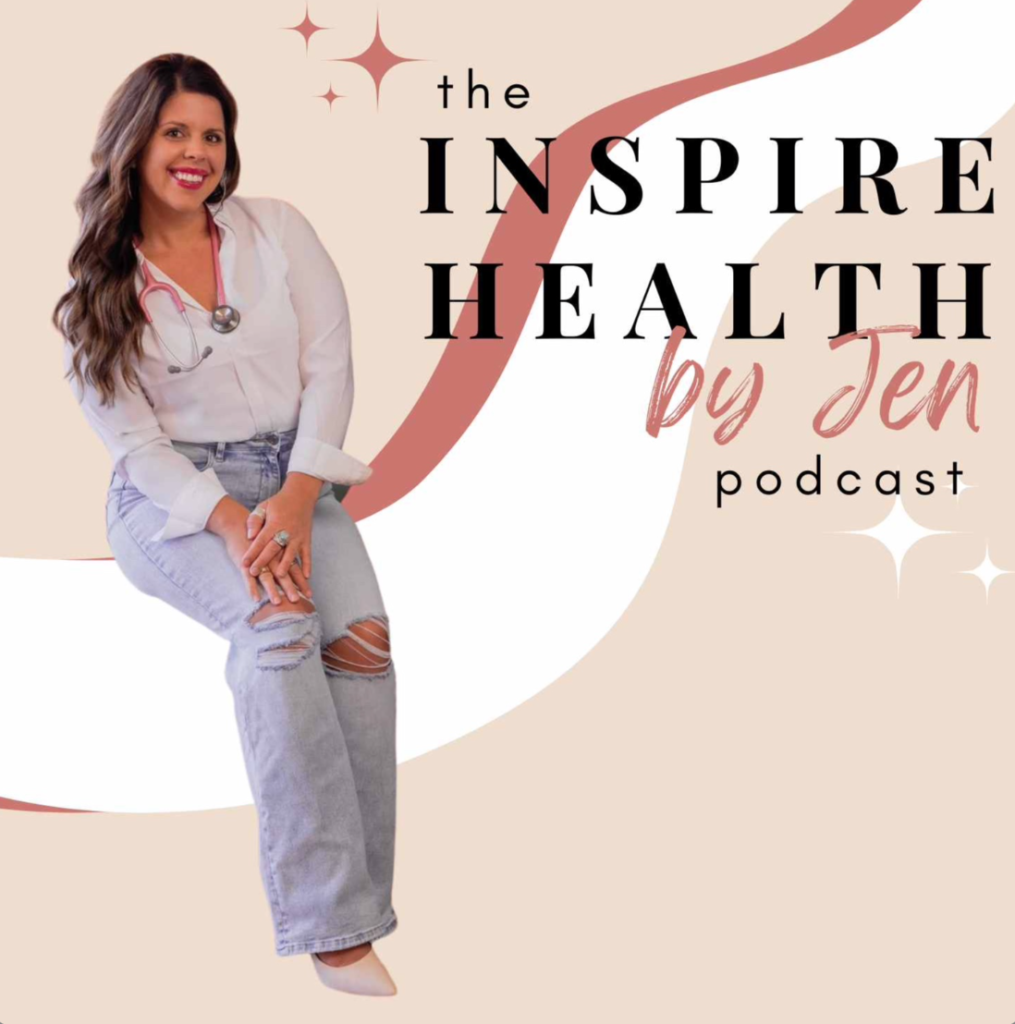
Healing HPV Holistically: Dr. Doni on the Inspire Health by Jen Podcast
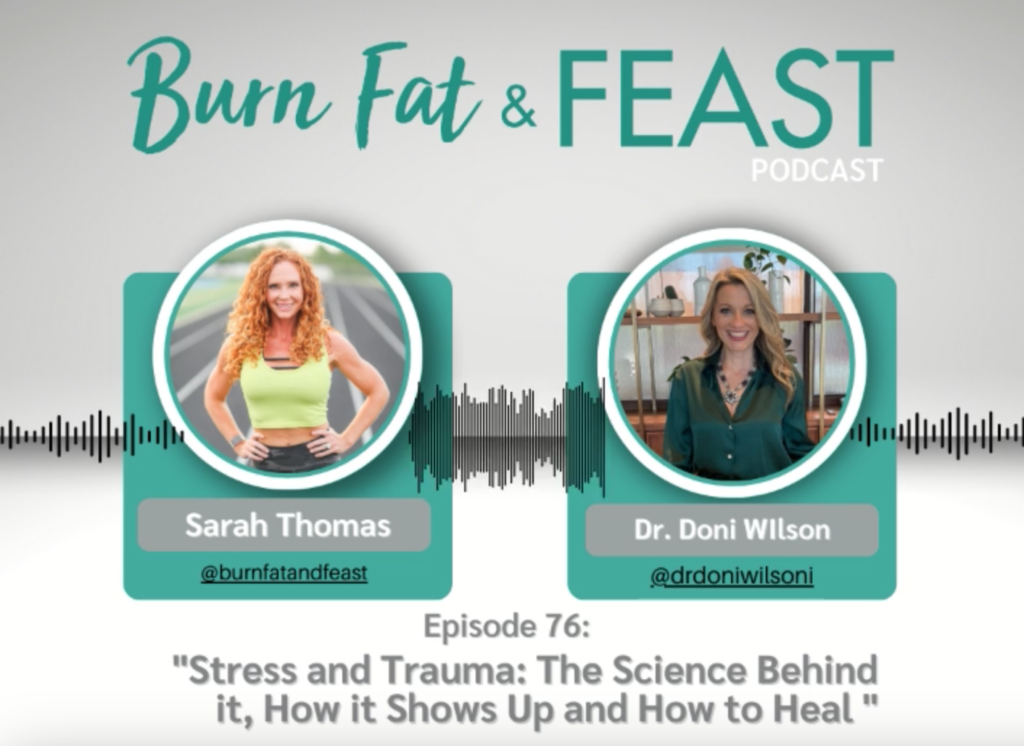
Recent Podcasts
Signup to receive our weekly newsletter with all the latest news, podcasts and special offers
New Book - Order Today!

SIMPLE PRACTICES for SHIFTING FROM YOUR STATE of STRESS to YOUR FLOW and FREEDOM
MASTER YOUR STRESS
RESET YOUR HEALTH
Order Now! Related Posts

What is making you susceptible to HPV?
I have been working with women who had abnormal cells on their cervix and/or vaginally, caused by HPV for over 20 years now. And while

The 5 Burnout Types
Did you know there are 5 burnout types? They are based on your Stress Type®, which is how your adrenal function has been affected by
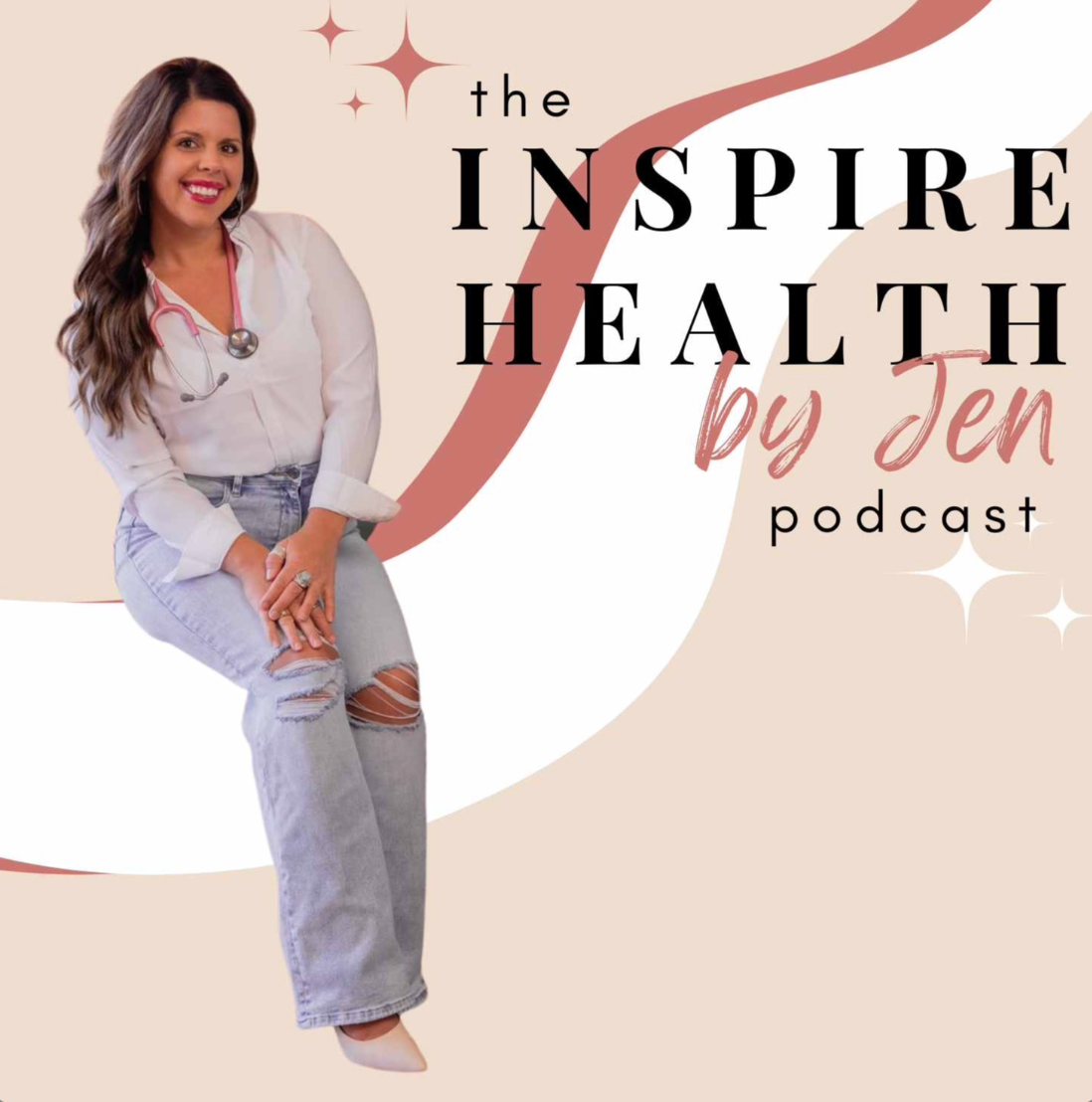
Healing HPV Holistically: Dr. Doni on the Inspire Health by Jen Podcast
Dr. Doni was interviewed by Jen Ciszewski on the Inspire Health by Jen Podcast, talking about how to heal away HPV from your body for good.
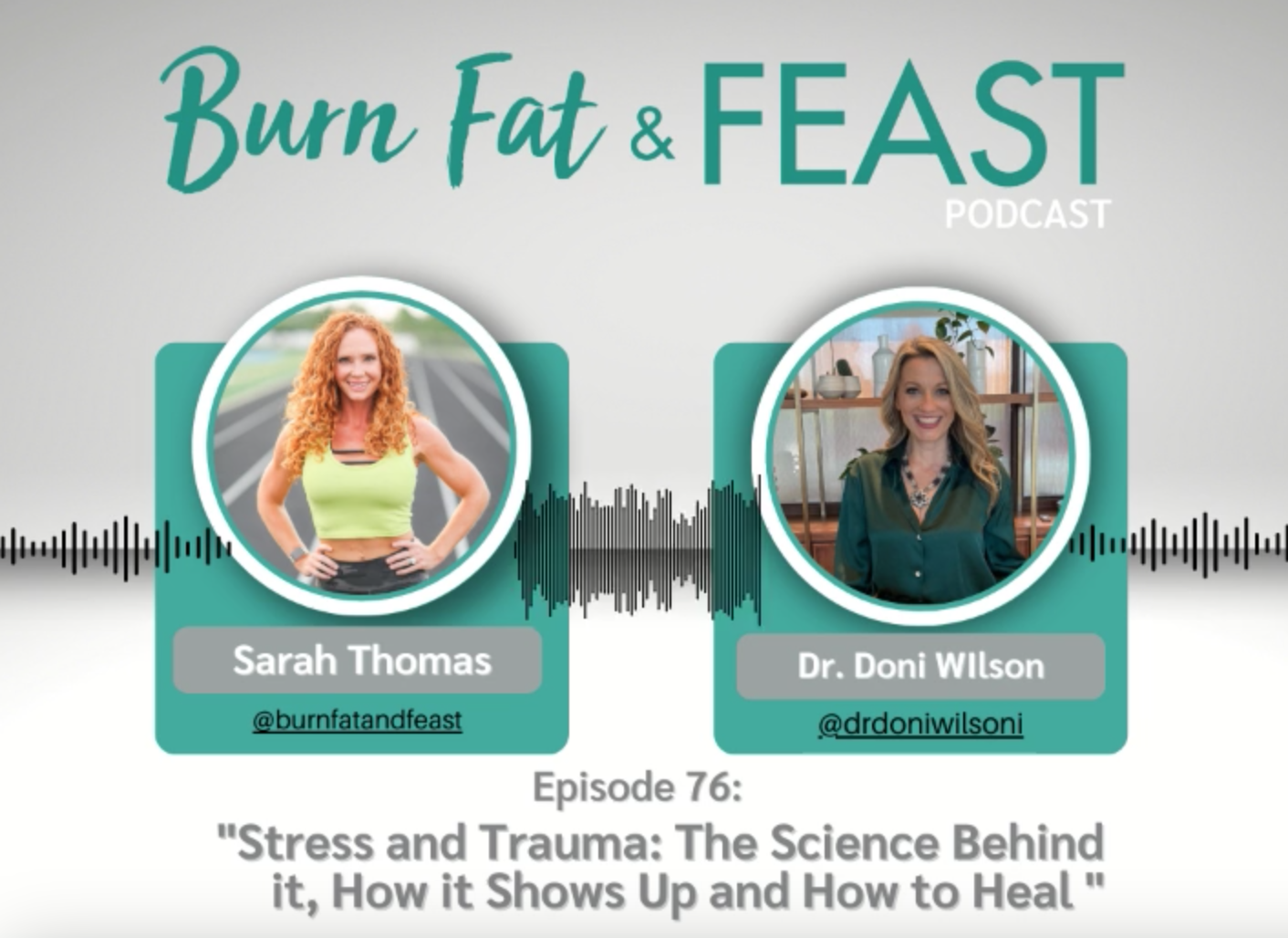
Stress and Trauma: The Science Behind It, How It Shows Up and How to Heal: Dr. Doni on The Burn Fat and FEAST Podcast
Dr. Doni was interviewed by Sarah B. Thomas on the Burn Fat and FEAST Podcast, talking about the impact of stress and trauma on our health and what to do to recover from them.

